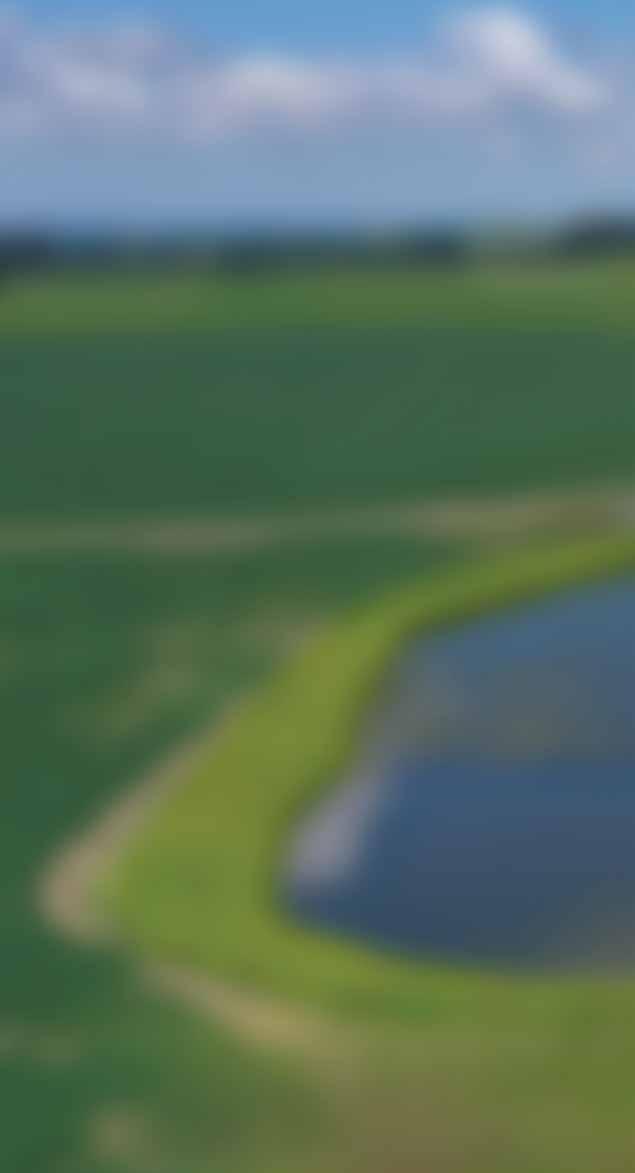
5 minute read
Improving the health of our waterways and oceans
by NIWA_NZ
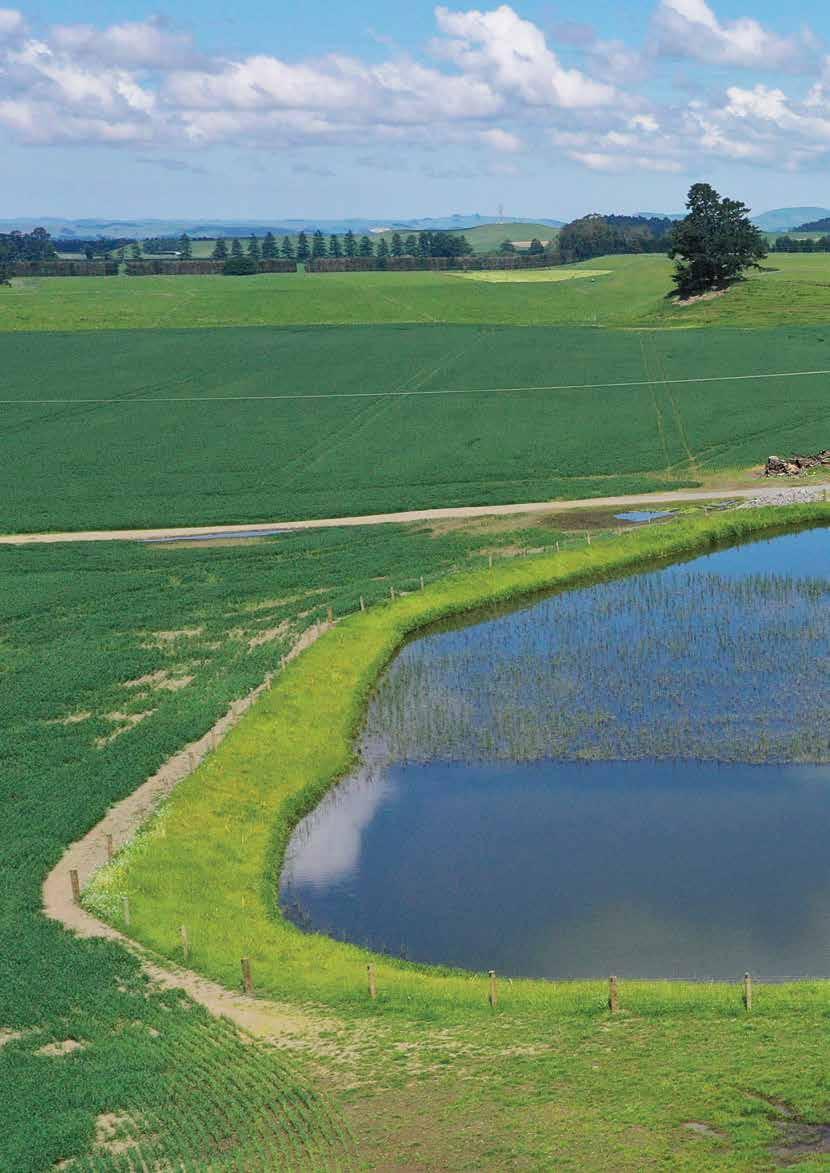
IMPROVING THE HEALTH OF OUR WATERWAYS & OCEANS
Advertisement
REVERSING DECLINE IN WATER QUALITY • Modelling tools to predict the impact of contaminants • Contaminant mitigation systems • Quantify the occurrence and distribution of microplastic
ECOSYSTEM-BASED APPROACHES TO RESOURCE USE
• Enhanced understanding of ecosystem processes and interactions • Coupled models to link catchment land use and contaminant dispersion • Models to predict degradation and potential recovery of aquatic ecosystems
MEASURING THE STATE OF OUR ENVIRONMENT
• Measurements and forecasting to meet or exceed national and international standards • Best practice data management, analysis, visualisation and accessibility • Curation of internationally significant collections and samples

Effective, efficient and affordable wastewater treatment for small communities
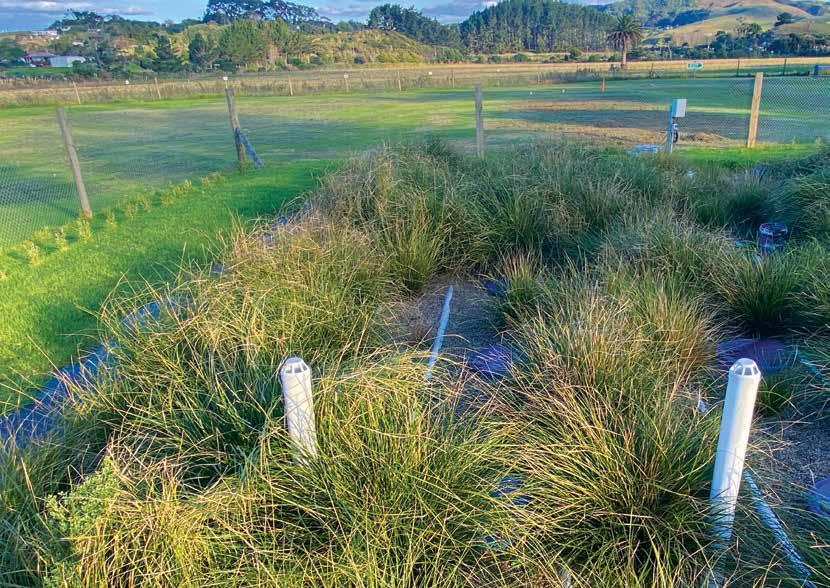
Many rural wastewater treatment systems are failing, or do not meet desired cultural and freshwater objectives, such as those set out in the National Policy Statement for Freshwater Management. Conventional treatment upgrades are costly for smallscale treatment systems and require specialist operators, who are difficult to attract to rural towns. NIWA’s Aquatic Pollution Group is midway through a five-year MBIE Endeavour Fund research programme to co-develop and mainstream a suite of innovative ecocultural wastewater treatment technologies for small rural and Māori communities. The researchers are investigating options to transform wastewater into a resource by linking mātauranga Māori with scientific advances. Their investigations include trialling intensified multi-layered wetland filters, high-rate filamentous algae ponds, final effluent wetlands, accumulating volume sludge digestion ponds, and sludge treatment wetlands that convert wastewater sludge to soil. A co-development team guides the project’s progress, working with marae, rural communities, industry and local government. The aim is to provide resilient, affordable, highly effective and culturally acceptable options to upgrade and operate rural wastewater treatment infrastructure that is future-proofed for population rise and the impacts of climate change.
A multi-layered constructed wetland treating wastewater at the Te Kopua Whanau Campground. [Chris Tanner]
NIWA’s research in Whangārei Harbour will help tangata whenua determine the challenges facing the harbour and inform decisions on where to target resources. [Jack Massuger]

Enhancing kaitiakitanga in a coastal rohe moana
Working alongside Whangārei hapū Patuharakeke, NIWA is developing a Bayes net decision support tool for Whangārei Harbour/Whangārei Te Rerenga Parāroa. This tool determines the status of various ecosystem components, such as water clarity and shellfish abundance, depending on the stressors (fishing, sediment input) acting on the system. The tool is linked to another, developed by Patuharakeke, which describes the status of the harbour using a mana moana monitoring framework containing tohu (indicators) such as manaakitanga, whakapapa and mahinga mataitai. The Bayes net decision support tool will enable tangata whenua, and managers, to understand the status of Whangārei Harbour under realistic future scenarios the harbour might face; for example, dredging, land-based inputs or fishing pressure. The unique aspect of the model is that it presents this status in different variables, such as ecological health, the abundance of kaimoana, or the overall mauri of the system. As such, this tool will empower smart decision making by identifying where best to allocate resources for maximum gain when it comes to monitoring, restoration and management intervention.
Tūtira Mauri Ora Monitoring Action Plan
Above and Right: Maungaharuru-Tangitū hapū kaitiaki and NIWA staff testing the implementation of the Tūtira Mauri Ora Monitoring Action Plan in the Lake Tūtira, Waikōpiro and Orakai catchments. [Ngahuia Herangi] NIWA’s Māori Environmental Research team Te Kūwaha was engaged to help Maungaharuru-Tangitū Charitable Trust co-develop a cultural monitoring framework (called Tūtira Mauri Ora) and advise on a kaitiaki-driven monitoring programme for the Lake Tūtira catchment. In the initial mid-2021 demonstration, a range of potential lakeside and instream methods that hapū kaitiaki can use safely and independently were tested. These values-based methods were chosen to support hapū kaitiaki assessments of three cultural values: tuna, swimming and kākahi. A refresher demonstration was held in mid-2022. As the methodologies are embedded in the monitoring of the north-eastern Hawke’s Bay catchment, and as resulting datasets grow, hapū kaitiaki and Maungaharuru-Tangitū Charitable Trust will gain increasing confidence in the results to inform future decision making. Iwi members, including rangatahi and mokopuna, that took part in the instream and lakeside demonstration gained important taiao water monitoring skills and an awareness of what needs to be done to help improve the current environmental situation of the Lake Tūtira, Waikōpiro and Orakai catchments.
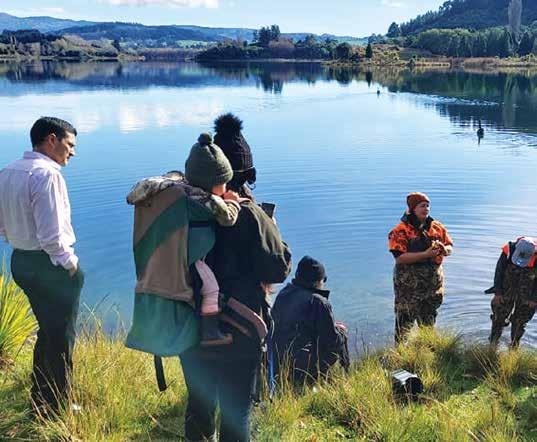
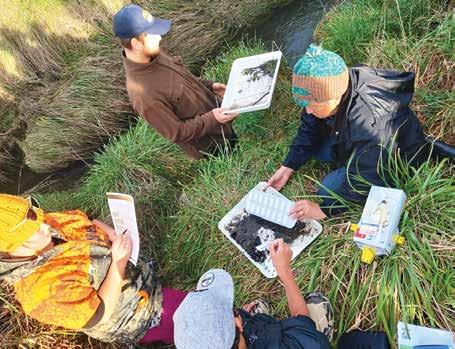
Supporting marine biosecurity in the Pacific
Invasive marine species pose a threat to the health of the marine environment throughout the Pacific region, affecting livelihoods and quality of life of Pacific Island people. In response, NIWA researchers have developed new targeted resources to support Pacific marine biosecurity and invasive species management. In March 2022, the Pacific Marine Biosecurity Toolkit was launched by the Secretariat of the Pacific Regional Environment Programme (SPREP) and NIWA, and it is available on SPREP’s Battler resource page. An online workshop launching the toolkit had 100 viewers watching live from more than 20 countries. The toolkit provides a series of guidance documents to help tackle marine biosecurity issues and support government departments and ministries responsible for biosecurity and the management of invasive species. It also includes an inventory of invasive marine species, how they likely arrived and how they spread. There are six elements to the toolkit that are aimed at providing guidance on many practical aspects of marine biosecurity. They include assessment tools on biofouling and ballast water risk, guides on the sampling of specimens and the top 25 global invaders, as well as management and mitigation strategies for when an unwanted species has established a self-sustaining population.
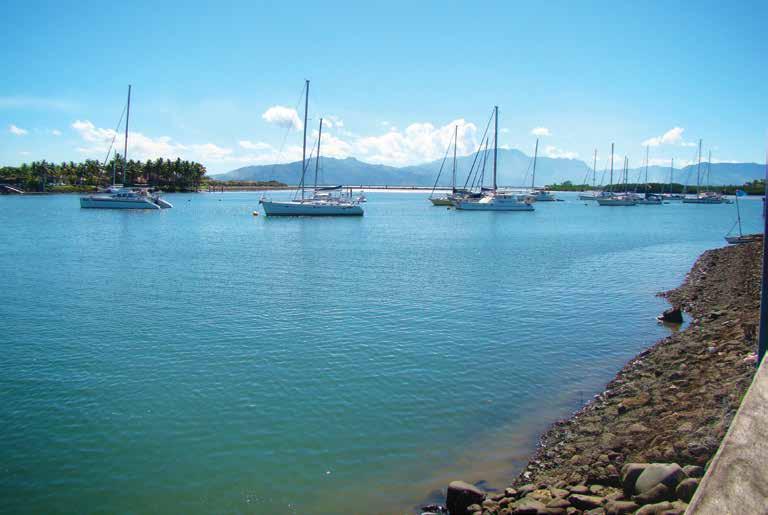
Yachts moored in a Fiji port. Vessel biofouling is the growth of plants, animals and other marine life on the surfaces of vessels, which is a major pathway for the spread of invasive marine species. The Pacific Marine Biosecurity Toolkit offers practical tools, including a biofouling assessment guide to support biosecurity management. [Kimberley Seaward]










